I think children naturally recognize the joys of composting because it’s like magic….kitchen and garden waste, given the right environment and time, transform into lovely brown and nutrient rich soil. And worm composting is even more fun since we actually can see the creatures that are helping us with the process. Although I am by no means an expert on the topic, I thought I would share what I have learned as I have delved into the alchemy of composting.
First a little background. Composting requires nitrogen rich materials (green), carbon rich materials (brown), air, and water. Green materials are fruits and vegetables, coffee grounds, grass, manure, and green plants. Brown materials are dried leaves, shredded cardboard, newspaper, hay, sawdust pellets, and egg shells. If you want to make good compost quickly, it is important to balance the brown and the green. Once the right balance is reached, microorganisms will start digesting the compost, forming heat as a bi-product. Balancing everything can be tricky and a compost pile needs a lot of space. (Go here and here if you want more detailed information on the minute details of conventional composting or you can also look for composting classes in your town.) BUT…if you want to compost easily, there’s another solution.
The best way to compost in urban or suburban neighborhoods is to buy a composting bin, and my favorite type is a tumbler. The advantage to this type of composter is that it is fast, easy to aerate, and enclosed, so pests cannot get inside. Because it is a closed system, you don’t have to add extra water, either. I like the two-chambered tumblers because once one side is full, you can start composting on the other side while the first side “cooks” so you are continuously composting. The disadvantages to the tumbler composters are that they are too small to put all of your garden waste in, you have to cut up the debris into somewhat small pieces and, from my experience, it’s a little trickier keeping the moisture balanced in them.
When I researched composters four years ago, I came across the Jora, which is used all over Sweden, even in apartment complexes. It has two chambers, is insulated and, therefore, heats up even in the middle of winter, which is wonderful if you live in a cold climate. I bought one of these guys and it has served me well. It’s easy to use and large enough for lots of garden waste as well as kitchen scraps.
You can watch this video to see how it works. The disadvantages are that it is expensive, is kind of a pain to assemble (although now there is a video available to help you with this), and leaks, so when it rains, your compost can get too wet. Keeping it covered, however, solves this problem. Since the time that I bought my Jora, this one has become available, which looks great, too. It’s much cheaper, still has two compartments and seems easier to assemble. It’s not insulated, though, so probably doesn’t work well in cold climates. It’s also much smaller than the Jora so you won’t get as much compost.
We don’t have a lot of “brown” garden waste where I live –no deciduous trees—so I use pressed pine pellets (cat or rabbit litter) as my carbon source for my Jora tumbler. They work well if you sprinkle them lightly on top, letting them absorb the water before turning the composter. Otherwise they can cause clumping. You can also use shredded newspaper and cardboard. My compost isn’t perfect…it is often a little too wet or a little too dry…but what I have discovered is that it still helps me grow beautiful vegetables.
As for worm composting (vermicomposting), you can buy a Worm Factory here and the worms at your local nursery (look to your recycling center in your area for subsidized worm farms, too.) The Worm Factory comes with great directions and even a DVD.
First you lay down damp newspaper. Then you add bedding made from coir (coconut fiber) mixed with shredded paper and cardboard. Next, food and the worms, covering with more shredded paper.
Layer the top with more damp newspaper and that’s it!
Every couple of days you can add more food. They love coffee grounds and chopped up vegetables as well as egg shells (don’t feed them citrus or meat).
When one tray is full, you add new bins on top with more bedding and food, so the worms migrate upwards and leave your bottom bins for your garden.
Vermicomposting won’t give you as much compost as conventional composting, but it is the most nutrient rich of all compost so you can use it as an organic fertilizer. And it doesn’t smell at all so you can even keep it in the house. The worms are really efficient at cranking out sweet smelling soil. They need a balance of brown and green food just as do the microorganisms in conventional composting. You can use egg cartons, cardboard, and newspaper as your brown food and kitchen scraps as your green. Go here to find everything you ever wanted to know about vermicomposting, even how to make your own worm bins if you don’t want to buy a worm factory. I cannot emphasize enough how fun this is to do with kids and it’s so easy that they can be involved in all aspects of it.
Because we eat and grow so many vegetables, we have a lot of plant waste and composting puts that waste to work. But since this is an “Eat Well” post, I must mention that I also like to cook with some of these unused plant materials.
***
Several years ago I mentioned making soup with these scraps. You can make your own very cheap vegetable broth with all of the leftover veggies you have in the refrigerator. I call it “compost soup.” You can use carrot tops, the tops of leaks, beet greens, kale stems, parsley stems and leaves, left over bits of onion, carrots, carrot peelings, celery leaves, and any other leftover veggies, even lettuce! I save all of these vegetables in my refrigerator and when I have enough, throw them in a pot with some herbs and some peppercorns, cover with water, and cook for about an hour at a simmer. Strain off all of the solids, cool, and freeze them in packets and use whenever a recipe calls for vegetable broth.Juicing is another way to utilize vegetable odds and ends. An added dividend….the fiber waste from the juice makes awesome worm food!
I often make “compost quiche,” sautéing whatever veggies I happen to have in my refrigerator for the base. (This is how I discovered our favorite leek and kale combo!)

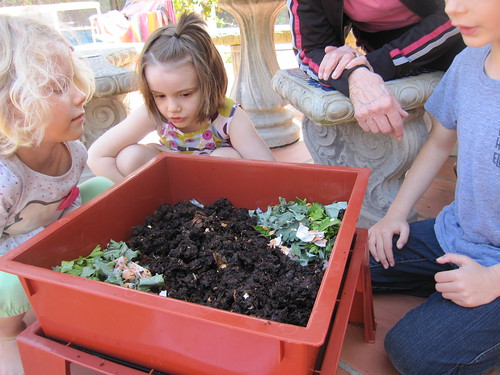
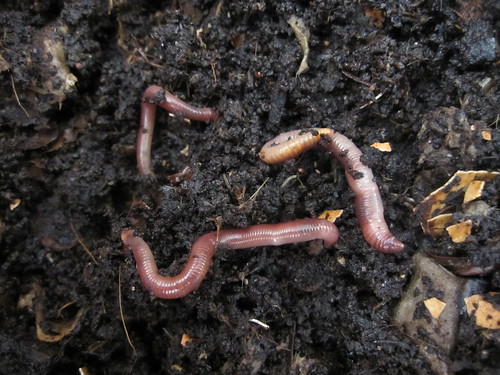
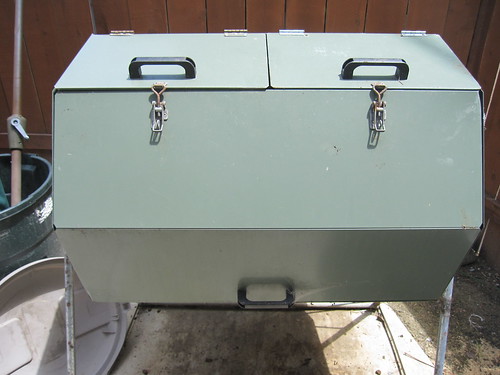
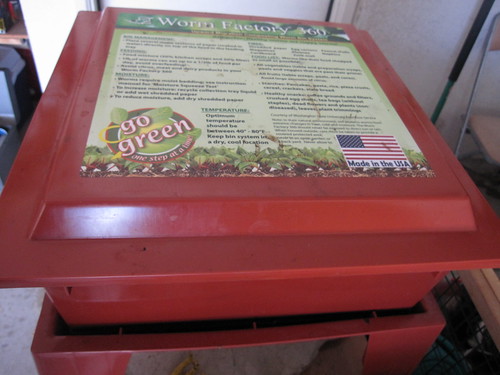



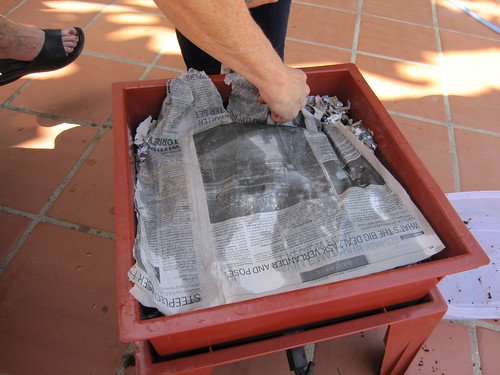

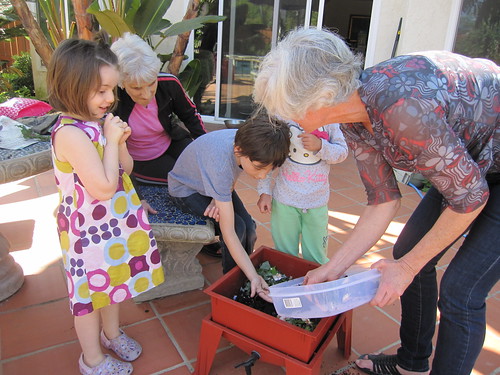
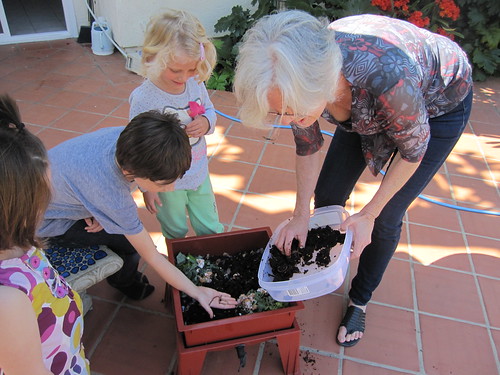


0 comments:
Post a Comment